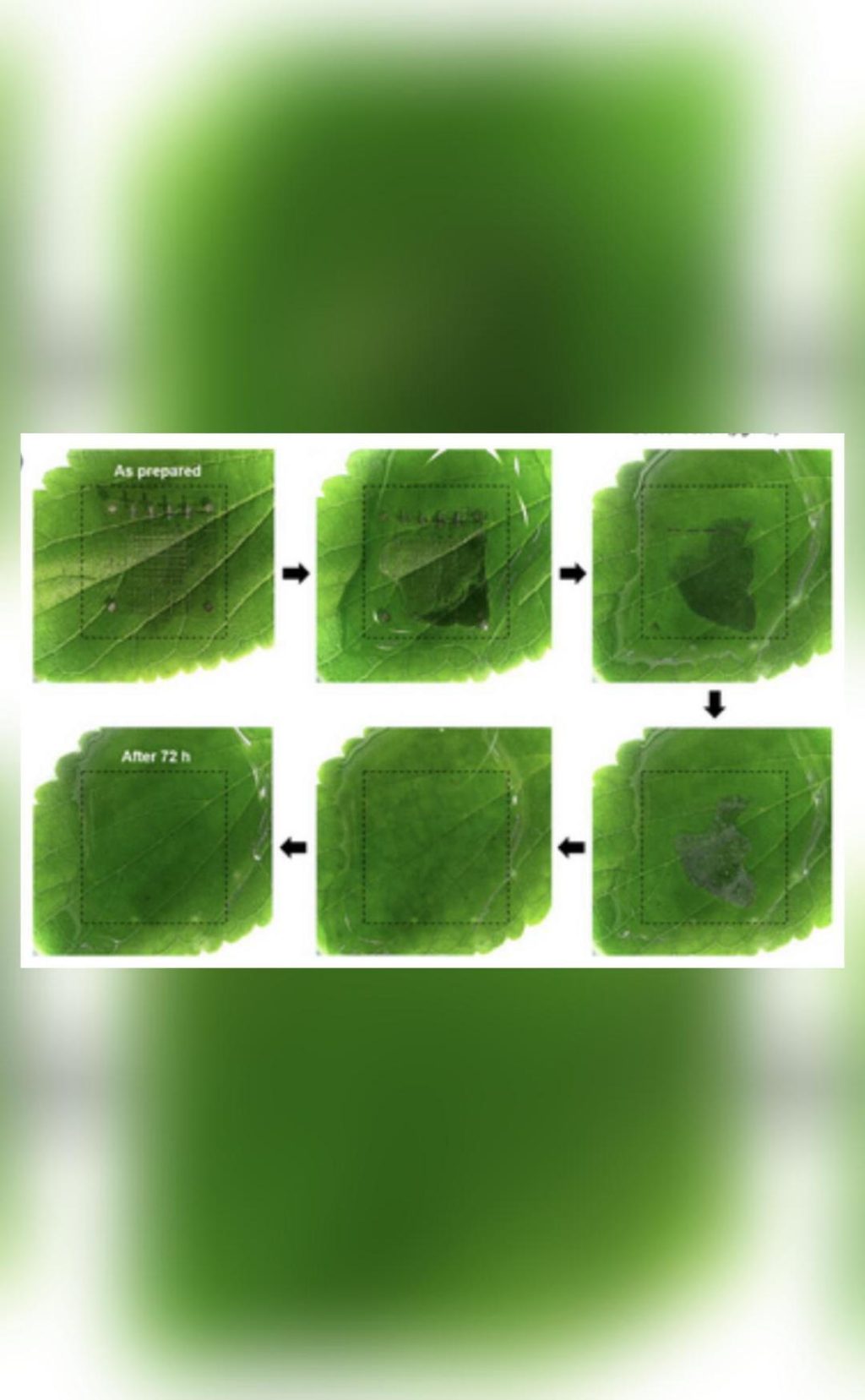
Scientists Develop Memory Device that Vanishes in Water
Imagine a world where medical devices can be safely implanted in the human body and then dissolve harmlessly in water, leaving no residue behind. Sounds like science fiction, right? Well, scientists at the Korea Institute of Science and Technology (KIST) have taken a significant step towards making this a reality by developing a biodegradable memory device that dissolves in water.
The material, called PCL-TEMPO, is a breakthrough in the field of biomedical engineering and could have far-reaching implications for medical treatments. The device is made of a combination of polycaprolactone (PCL) and 2,2,6,6-tetramethylpiperidine-1-oxyl (TEMPO), which gives it its unique properties.
What makes PCL-TEMPO so remarkable is its ability to dissolve in water in a controlled manner. The researchers can initiate the process of dissolution, and the device will then break down into harmless components in about three days. This means that patients who receive implants made from PCL-TEMPO will not be left with any foreign material in their body after the device has served its purpose.
The potential applications of PCL-TEMPO are vast. For example, the device could be used to monitor vital signs, such as blood pressure or heart rate, and then dissolve after a certain period of time. This would eliminate the need for follow-up surgeries to remove the device, reducing the risk of complications and improving patient outcomes.
Another potential use for PCL-TEMPO is in the treatment of diseases. The device could be used to deliver medication directly to the site of the disease, and then dissolve, releasing the medication in a controlled manner. This could be particularly useful in treating conditions such as cancer, where precise delivery of medication is crucial.
The development of PCL-TEMPO is the result of years of research by a team of scientists at KIST. The team, led by Dr. Young-Tae Chang, used a combination of materials science and biomedical engineering to create the device.
“We were inspired by the natural world,” said Dr. Chang in an interview. “We looked at how nature breaks down and recycles materials, and we used that as a model for our device. We wanted to create something that was not only biodegradable but also controllable and safe for use in the human body.”
The team used a combination of techniques, including 3D printing and electrospinning, to create the device. They also used computational modeling to simulate the behavior of the device and optimize its design.
The results of the research were published in the journal Angewandte Chemie, and the study has generated significant interest in the scientific community.
“The potential applications of PCL-TEMPO are vast, and we are excited to see where this technology will take us,” said Dr. Chang. “We believe that this device could be used in a wide range of medical applications, and we are already exploring its potential uses in areas such as neurosurgery and cardiology.”
In conclusion, the development of PCL-TEMPO is a significant breakthrough in the field of biomedical engineering. The device’s ability to dissolve in water in a controlled manner makes it a promising tool for a wide range of medical applications. As researchers continue to refine and develop this technology, we can expect to see even more innovative uses for it in the future.
Source:






